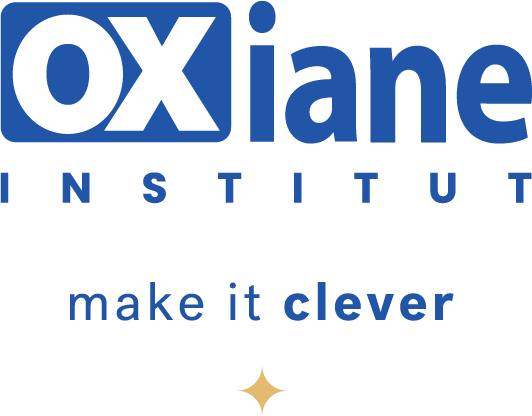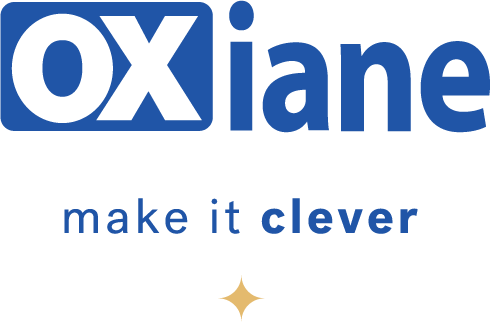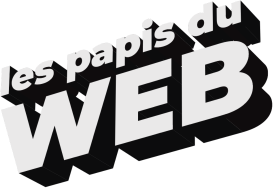
The 3rd Sylius Con brought together 250 participants on 13 November 2024 at the Lyon Convention Centre. The event offered three distinct tracks – a business track and two technical tracks – enabling the 25 expert speakers to share their know-how and meet the varied expectations of the participants.
Opening Keynote (Mikołaj Król)
First of all, Sylius highlighted its communication policy by organising events and meetups, and keeping a close eye on the community, such as via slack. The technical partnership with plateform.sh via the Sylius Cloud was also mentioned.
And, of course (as everyone had been waiting for), we were given a sneak preview of the Sylius 2.0 release. Finally, the Sylius Awards were presented to the members/companies that have been recognised for the constant growth of Sylius.
Create World-Class Sylius Plugins (Joachim Løvgaard)
This covered several important points for creating plugins (Sylius or not)
- Clearly define your composer dependencies (and, above all, don’t add Sylius/Sylius)
- Follow semantic versioning
- Use prepend configuration
- Define default values for configuration
- Create your own entities rather than overloading Sylius entities (to avoid conflicts), which can extend the associated default interfaces
- Use DataProviders rather than overloading the basic repositories (for the same reasons)
- Use DTOs & VOs to transfer structured data
- Testing: functional, integration and mutation testing
- Use static analysis tools and associated comments (psalm, phpstan, etc.) and automate them via github actions
To create a plugin skeleton: https://github.com/Setono/SyliusPluginSkeleton or https://github.com/monsieurbiz/SyliusPluginMaker
Sylius Beyond E-commerce: Building the Perfect WordPress Competitor (Jacques Bodin-Hullin)
Since WordPress is the source of 44% of the world’s websites, PHP itself is careful to guarantee its compatibility. While Sylius is already capable of replacing WooCommerce, MonsieurBiz shows us how he has recreated in Sylius the missing (and necessary) CMS functionalities for a large number of sites via SyliusCms.
- Content editor: SyliusRichEditorPlugin
- Configuration integrated into Sylius admin: SyliusSettingsPlugin
- Reusable blocks: SyliusCmsBlockPlugin
- Custom pages and homepage: SyliusHomepagePlugin
- Menu: SyliusMenuPlugin
- Media management: SyliusMediaManagerPlugin
- Blogging : SyliusBlogPlugin
- And to deactivate the ecommerce part of Sylius: SyliusNoCommercePlugin
Sylius Payment Overview and Future (Francis Hilaire)
After taking stock of the existing system and its limitations with the integration of Payum, in Sylius 2.0 the concept of “Payment Requests” has been added in order to simplify the integration of providers, whether on the back or the front end. It is also possible to work asynchronously with payment methods that support it.
Adapting Price Calculation to B2B Needs (Luca Gallinari & Manuele Menozzi)
Whereas B2C prices are uniform for all users, with promotions managed at basket level, B2B prices are specific to each user (or group) and use a large number of business rules to be defined.
There are 3 possible approaches to defining B2B prices:
- The ERP calculates prices and calls them up via API. This requires high availability.
- Pre-calculation of prices for all use cases/users. This requires a huge volume of storage (and calculation, where applicable).
- Real-time calculation. This involves duplicating the ERP calculation rules and can lead to data misalignment.
It was this 3rd approach that was technically demonstrated, via its implementation in Sylius by the 2 webgriffe speakers.
Boost your Sylius apps and simplify deployment with FrankenPHP (Kévin Dunglas)
FrankenPHP is a module of the Caddy web server providing (among other things): HTTP 2 and 3 support, HTTPS by default, Early Hints, worker mode (working in memory), real-time mode (via Mercure).
For a complete presentation of the tool, its capabilities and how to set it up: https://github.com/Setono/SyliusPluginSkeleton or https://github.com/monsieurbiz/SyliusPluginMaker
Sylius as a… Vending machine? A tale of unusual Sylius’ use-cases (Konrad Alfaro)
As demonstrated by Jacques Bodin-Hullin in the second conference, Sylius is first and foremost a code base and project framework. It can also be used as an ETL bridge via the powerful APIs of the API Platform. Sylius can also be a building block for a larger project, to meet the needs of product catalogs, shopping carts, payment systems, etc.
Developer Docs: The write way to streamline project (Ksenia Zvereva)
Documentation is like backups: nobody wants to make them, but if something goes wrong, “what does the documentation say?”
In this latest dynamic conference, we attempt to answer a recurring project problem: documentation.
The initial problems are often a fragmentation of sources between different tools and a large volume of data.
In order to remedy this, it is necessary to :
- follow a clear guideline
- use an intuitive user interface
- be able to extract data (in PDF, for example)
- reread, share ownership among the whole team, and keep it regularly updated
- add code comments (OpenAPI for APIs)
- don’t rely on a verbal meeting, but write things down (probably the most important thing in my opinion)
- adapt to your audience
- incorporate documentation into the development cycle
Conclusion
This third edition of Sylius Con (and the first outside Poland) was a real success. Thanks to the staff, the speakers, for showing us what Sylius is, can be and will become.



